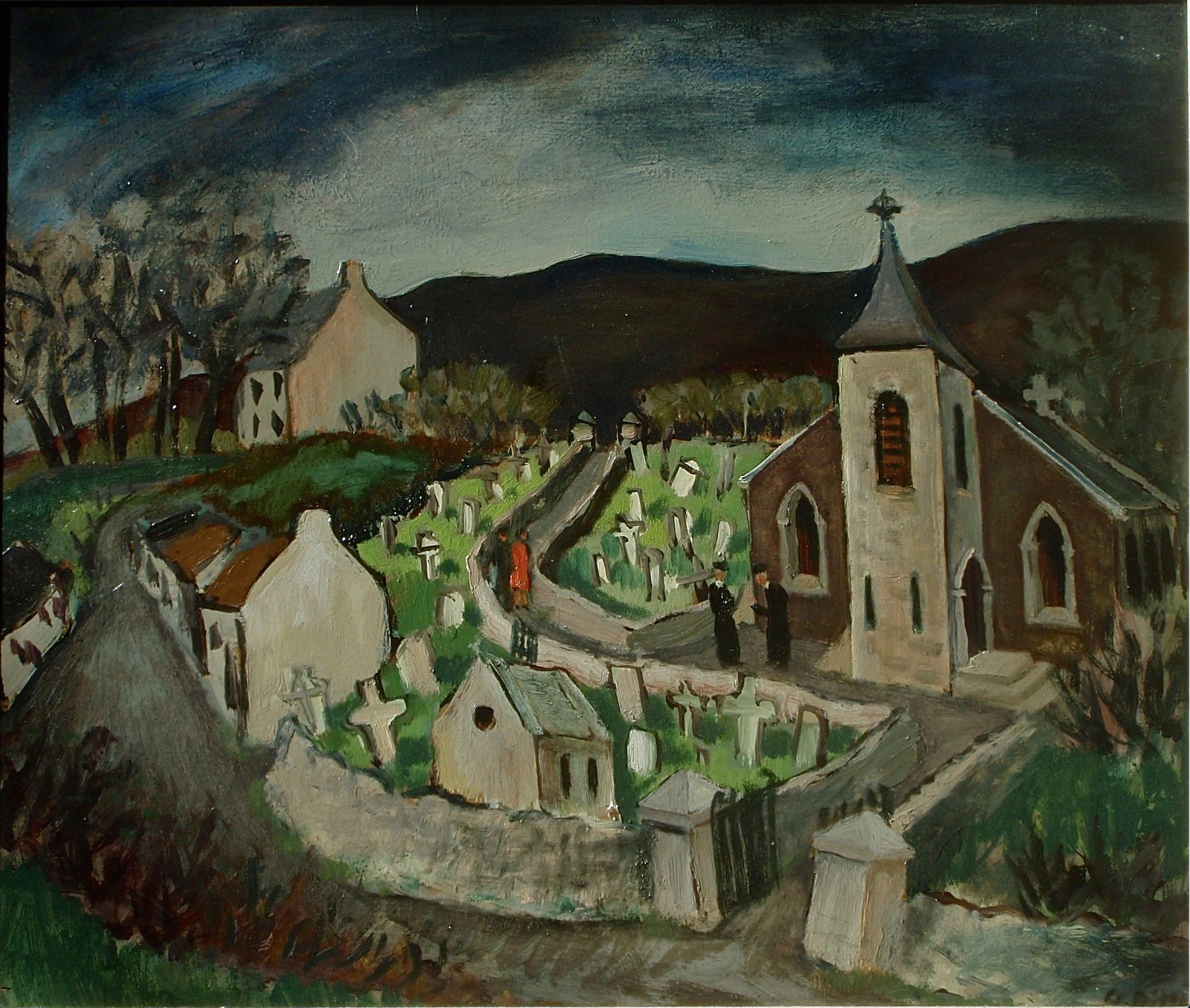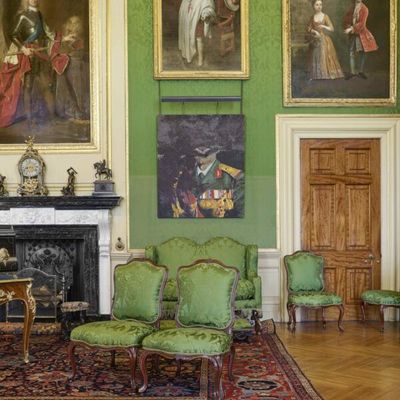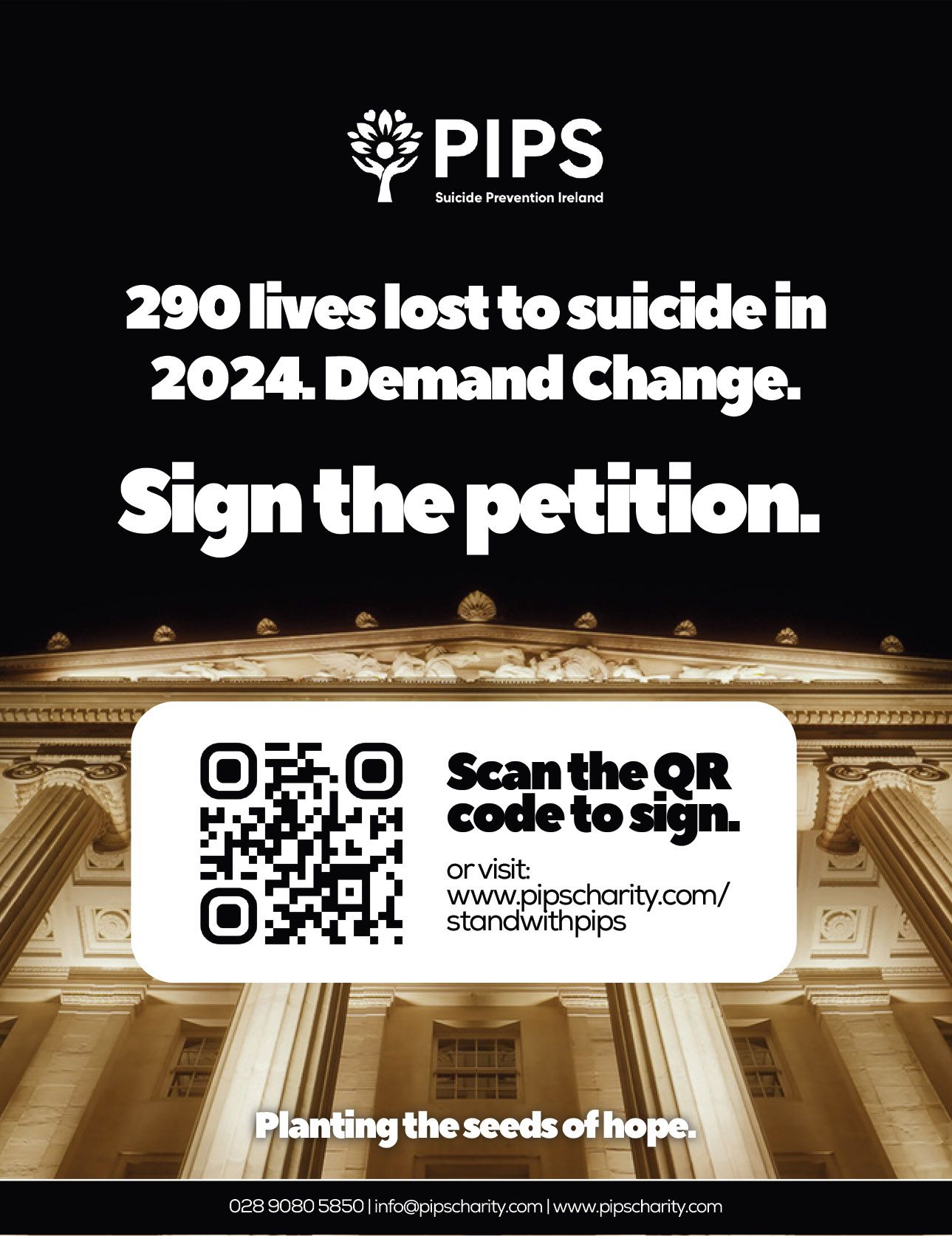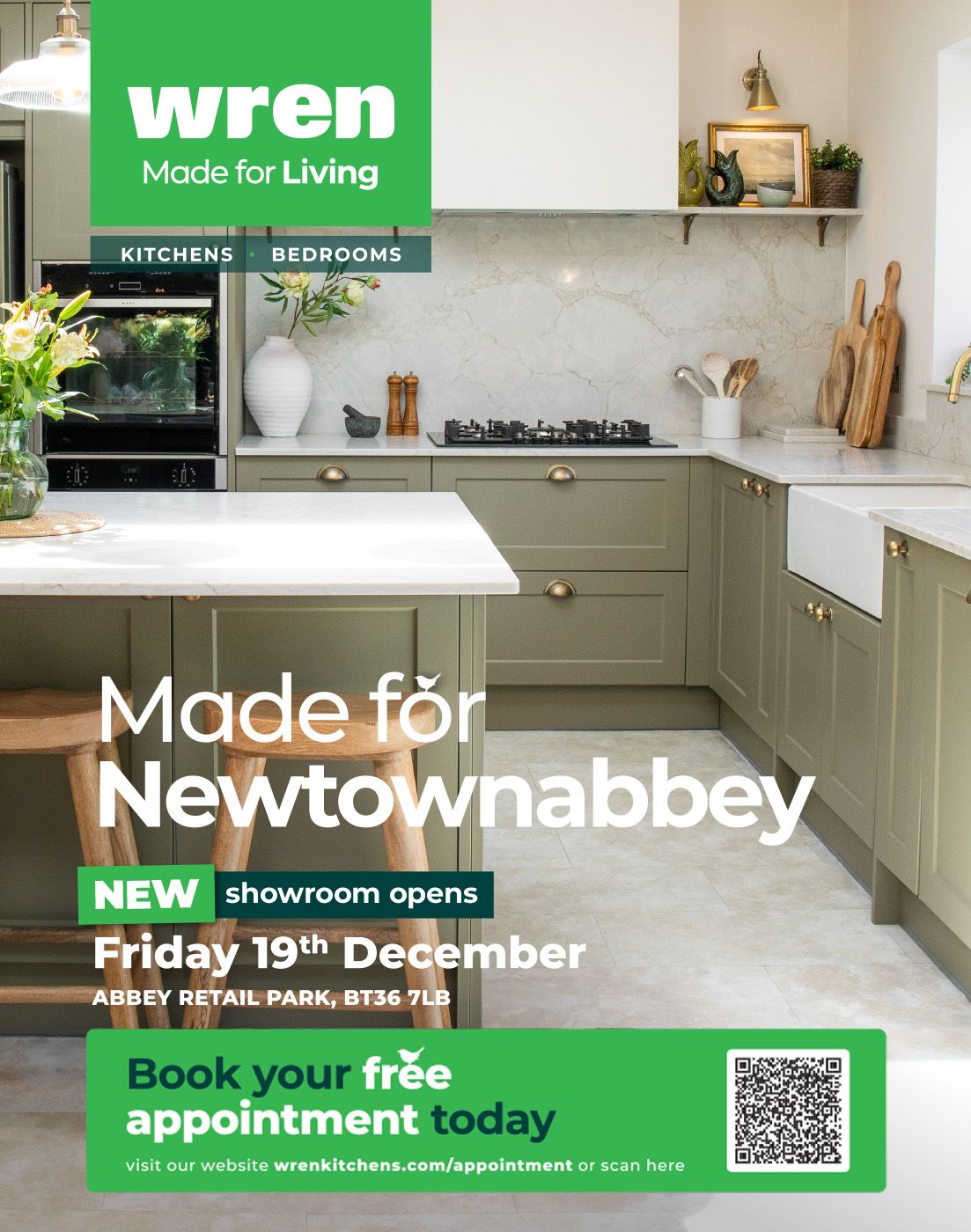When someone asks me, "What is the outcome of art?" I usually smile and ask, "how long do you have?"
I remember going down to an event in The MAC for the arts sector about a new way in which the programme for government was going to measure everything including art. There was a large group of people in the arts trying to figure out how to keep their jobs, various officials and interested parties.
This was one event, during that year, of three weeks of different invitations to do a similar thing: input on strategy.
For someone who is an artist with no fixed income, this is a big ask. I noted that no matter what I inputted to any strategy, the result was there was still no mechanism to financially support the work I was doing.
We were to work in groups and talk about how we could guarantee outcomes. Oh how I laughed. I explained to one guy in our group who had been involved in lobbying for this bright new idea that the art I do cannot be quantified in this way. When he asked why not, I told him that for 13 years I worked setting up and running cross community, cross-border development programmes.
Could I have filled in a form and said I was going to do a piece of performance art and this would be the outcome? Of course not. I never knew what it would be but it took Suellen and I to be in this place at this time making art for these series of events to happen.
Eventually I found my way back to my original training as an artist. After lobbying for an arts festival in East Belfast, I spent a year voluntarily developing a programme of events for the first festival.
This programme included a number of features including an exhibition of over 40 artists and workshops with my long term collaborator Suellen Semekoski, adjunct Professor of Art Therapy at School of Art Institute Chicago.
Why did I do this? Because I believe in art. But it was a performative walk called lament that had the most impact.
Picture the scene, I’ve spent a week installing an exhibition in City East at the bottom of the Newtownards Road, gathered up the artist and art work, and arranged for people to help me. Sueellen arrives on the day of the opening, jet-lagged, I hoped she would help by making a list of the artworks and artists but she couldn't spell the Irish names.
PERFORMATIVE WORK
In the evening the exhibition opened. At one point in the evening, an artist runs up to me and says, “there’s a priest looking for you”. Not thinking I could cope with such an experience on my own I went to get Sueellen. The priest turned out to be Father Martin Magill who I like to call the Incredible Tweeting Priest. He was interested in our performative walk Lament and had tried to find out more about it. However, no one he phoned could understand what it was so he decided to come across the city and find out for himself.
On the Sunday of the performative walk a desperately different bunch of people turned up at the bottom of the Newtownards Road. One women was so scared she stood bolt upright, unable to move any further.
On completion of the art piece people stood and hugged and chatted about the experience. It took me two years before I could look at the video footage of the piece. We were invited to Chicago to exhibit it and it was only then that I started to process its meaning.
Later that year I’m in Duncairn Art Centre installing their first exhibition and who do I meet but Father Martin. He told me that he never knew that a piece of art such as Lament could have such a profound effect. He revealed that he returned from it changed. He told me it was one of the reasons the Four Corners Festival started, knowing that by being in a different part of the city experiencing some art could change your perception. Needless to say, he wanted to encourage others to do the same. The Four Corners Festival, of course, has continued to win hearts and awards.
Could I have filled in a form and said I was going to do a piece of performance art and this would be the outcome? Of course not. I never knew what it would be but it took Suellen and I to be in this place at this time making art for these series of events to happen.
So if you limit at a policy level art to the outcome box, you limit the soul of artists who try and go where no person has gone before. Artists who experiment with things that are outside of the ordinary everyday experience. It’s not to say you cannot at a policy level have health outcomes or youth engagement outcomes and many more but you need to have a piece of policy to support selected artists to do whatever they can only barely possibly imagine.
Money has value but no value for this...👇
— Nilushana Sooriyaarachchi (@Nilushana) April 27, 2020
THE ART OF POLLINATION 🐝 pic.twitter.com/M2Y84mIoLJ
In the Mac, the patient lobbyist looks at me bewildered not understanding that what I had described was art. ”Well there are bound to be things that would never get support," he said. "But performance art is an internationally recognised artform," I replied, "not supporting it would be a dereliction of statutory duty in equality terms." He walked away confused.
ART IS LIKE LOVE
Art is continuously evolving. It shapes energy. Like love, it can jump walls, reach across time and space, delight and disgust. The outcomes are not always what you might imagine. To try and force art forms into a tick box limits artists to what has gone before.
I could have chosen to stay at home, not lobbied for a festival, not used my artistic talent for wider social purpose, or experimented with the performative walk. As a result, the Four Corners Festival might not be happening this weekend? I’ll let you be the judge of whether the outcome was worth it.
Four Corners Festival starts 31 January until 7 February and all events this year are free and online.







